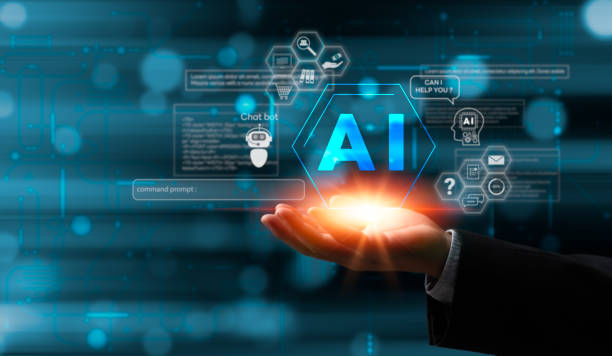What is an AI Robot and How Does It Work?

In today’s world, the term #Artificial_Intelligence is increasingly heard, and one of its prominent manifestations is the AI robot.
But what exactly is an AI robot? In short, an AI robot is a computer program or machine capable of performing tasks that typically require human intelligence.
These tasks can include learning, problem-solving, pattern recognition, natural language understanding, and decision-making.
The operation of an AI robot is based on complex algorithms that allow it to process data and act upon it.
These algorithms are usually trained through machine learning, meaning the AI robot identifies patterns and relationships by analyzing vast amounts of data, thereby acquiring the ability to perform specific tasks.
AI robots can exist in various forms, from online chatbots to physical robots deployed in factories or hospitals.
The main goal of developing AI robots is to increase productivity, reduce errors, and improve the quality of human life.
This technology is progressing rapidly and is expected to play a more significant role in our lives in the future.
The use of AI robots in various industries helps optimize processes and reduce costs.
For example, in the manufacturing industry, AI robots can perform repetitive and dangerous tasks, while in customer service, chatbots can answer customer questions and resolve their issues.
Disappointed with your e-commerce site’s low conversion rate? Rasawab transforms your online store into a powerful tool for attracting and converting customers!
✅ Significant increase in visitor-to-buyer conversion rate
✅ Unparalleled user experience to boost customer satisfaction and loyalty⚡ Get a free consultation from Rasawab!
Types of AI Robots and Their Applications
![]()
AI robots are designed and produced in various types, each suitable for specific applications.
One common classification is based on their level of intelligence and capabilities.
In this classification, we can refer to Narrow AI robots (Narrow AI), General AI robots (General AI), and Super AI robots (Super AI).
As their name suggests, Narrow AI robots are designed to perform specific tasks and do not have the ability to perform other functions.
Examples of this type of AI robot include facial recognition systems, customer support chatbots, and product recommendation algorithms.
General AI robots are a more advanced type of AI robot that is capable of performing any task a human can.
This type of AI robot is still in its early stages of development but holds immense potential to change our lives.
Super AI robots are a hypothetical type of AI robot that surpasses human intelligence and can solve complex problems that humans are unable to solve.
The applications of AI robots are vast and diverse, and they can be used in almost any industry.
In the healthcare industry, AI robots can be used for diagnosing diseases, developing new drugs, and providing remote healthcare.
In the transportation industry, AI robots can be used for developing self-driving cars, optimizing transportation routes, and managing traffic.
In the education industry, AI robots can be used for providing personalized education, evaluating student performance, and creating interactive learning environments.
Key Challenges and Concerns Regarding AI Robots
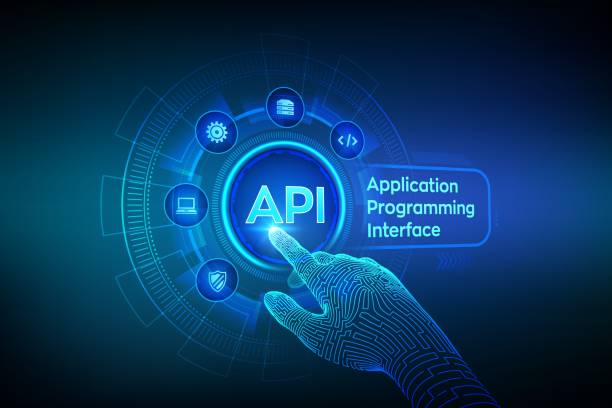
Despite the high potential of AI robots to improve human life, there are also numerous challenges and concerns regarding this technology.
One of the most significant challenges is the issue of #job_displacement.
With the advancement of AI robots and automation, many jobs currently performed by humans may be replaced by AI robots.
This issue can lead to an increase in unemployment rates and social inequality.
Another challenge is the issue of #bias in AI robots.
If the data used to train AI robots contains bias, the AI robot may also learn to make biased decisions.
This issue can lead to discrimination and inequality in various fields.
Furthermore, there are concerns about #privacy and data security.
AI robots require a large volume of data to perform their tasks, and the collection and processing of this data can lead to violations of individuals’ privacy.
Additionally, AI robots may be vulnerable to cyberattacks and be exploited.
To address these challenges and concerns, it is necessary for policymakers, researchers, and industry professionals to collaborate in developing appropriate ethical and legal standards for the development and use of AI robots.
It is also necessary to provide adequate training to individuals so that they can adapt to the changes brought about by AI robots and benefit from the new opportunities this technology creates.
| Challenge | Description |
|---|---|
| Job Displacement | Automation may lead to job loss. |
| Bias | Biased data can lead to discriminatory decisions. |
| Privacy | Data collection can violate privacy. |
| Security | AI robots are vulnerable to cyberattacks. |
What Will the Future of AI Robots Look Like?
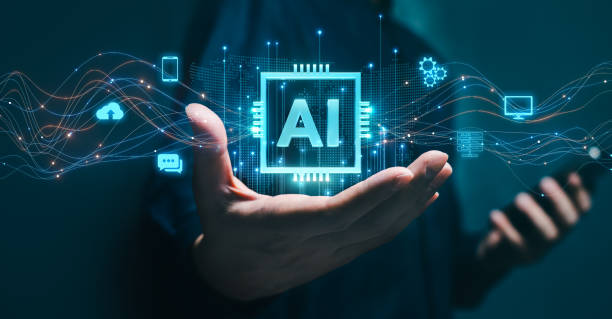
Accurately predicting the future of AI robots is challenging, but given the rapid pace of technological advancement, it can be envisioned that in the near future, AI robots will play a much more significant role in our lives.
It is expected that AI robots will bring about significant improvements in various fields such as healthcare, education, transportation, manufacturing, and customer service.
For example, in healthcare, AI robots can assist doctors in diagnosing diseases, providing personalized treatments, and performing complex surgeries.
In education, AI robots can help students learn new concepts, evaluate performance, and receive personalized feedback.
In transportation, AI robots can contribute to the development of self-driving cars, optimizing transportation routes, and reducing accidents.
Furthermore, it is expected that AI robots will be capable of performing tasks in the future that are currently very difficult or impossible for humans.
For instance, AI robots can assist in space exploration, discovering new energy sources, and solving complex scientific problems.
However, it is also necessary to pay attention to the challenges and concerns related to AI robots and take the necessary measures to address them.
For example, policymakers, researchers, and industry professionals must collaborate to develop appropriate ethical and legal standards for the development and use of AI robots.
Additionally, it is essential to provide individuals with the necessary training so that they can adapt to the changes brought about by AI robots and benefit from the new opportunities this technology creates.
Did you know a weak corporate website costs you many opportunities daily? Solve this problem forever with professional corporate website design by Rasawab!
✅ Create a powerful and trustworthy image for your brand
✅ Attract targeted new customers and increase sales
⚡ [Get a free website design consultation]
AI Robots and Their Impact on Businesses
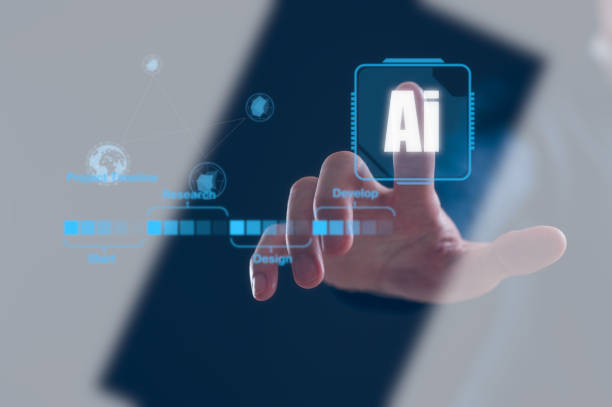
AI robots (AI) are rapidly changing the business landscape, offering countless opportunities to improve efficiency, reduce costs, and increase revenue.
From automating repetitive tasks to providing valuable insights from data, AI robots have the potential to revolutionize how businesses operate.
One of the most important benefits of AI robots for businesses is their ability to automate tasks.
AI robots can automate repetitive and time-consuming tasks such as data entry, order processing, and customer support.
This allows human employees to focus on more strategic and creative tasks that contribute to business growth.
In addition to automation, AI robots can help businesses gain valuable insights from their data.
AI robot algorithms can analyze large volumes of data to identify patterns, trends, and opportunities that might not be visible to humans.
This information can be used to make more informed decisions, improve marketing strategies, and optimize operations.
AI robots can also be used to enhance the customer experience.
Chatbots powered by AI robots can answer customer questions, resolve issues, and provide personalized support.
This can lead to increased customer satisfaction, loyalty, and ultimately, higher sales.
How to Choose an AI Robot for Your Business?

Choosing the right AI robot for your business can be a challenging task, especially with so many options available in the market.
However, by carefully considering your business needs and goals, you can select an AI robot that will help you achieve success.
The first step is to determine your business needs.
What problems do you want to solve using an AI robot? What goals do you want to achieve? Once you have a clear understanding of your needs, you can begin researching different AI robots available in the market.
There are various types of AI robots, including machine learning AI robots, natural language processing AI robots, and computer vision AI robots.
Each type of AI robot is suitable for specific applications.
For example, machine learning AI robots are suitable for predicting trends and identifying patterns in data, while natural language processing AI robots are suitable for understanding and generating human language.
After identifying a few AI robots that seem to match your needs, you should evaluate their performance and features.
Some important factors to consider include accuracy, speed, scalability, and ease of use.
You should also consider the cost of the AI robot.
AI robots can be expensive, so it is important to choose an AI robot that fits your budget.
Steps for Implementing an AI Robot in an Organization

Implementing an AI robot in an organization is a complex process that requires careful planning and correct execution.
This process involves various stages, each with its own specific importance.
The first step in implementing an AI robot is to define goals and expectations.
The organization must clearly specify what results it expects from the AI robot implementation and what problems it intends to solve.
These goals must be measurable and realistic.
The next step is to collect the necessary data.
AI robots require data to learn and perform their tasks.
The organization must collect relevant data and convert it into a suitable format.
Data quality is crucial, so its accuracy and precision must be ensured.
After data collection, the appropriate AI robot must be selected.
The choice of AI robot depends on the type of tasks the organization wants to perform and the data it possesses.
There are various types of AI robots, each suitable for specific applications.
The next stage is training the AI robot.
The AI robot must be trained using the collected data to learn patterns and relationships.
The training process can be time-consuming and complex, requiring specialized knowledge.
Finally, after training the AI robot, it must be implemented in a real-world environment.
The implementation of the AI robot should be carried out gradually and with close supervision.
The performance of the AI robot should be continuously evaluated, and necessary adjustments should be made if required.
AI Robots in Everyday Life – Practical Examples
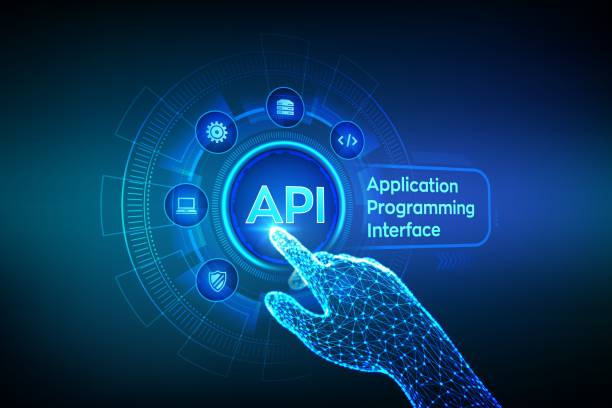
AI robots are gradually permeating our daily lives, offering diverse applications.
From smart voice assistants to movie and music recommendation systems, AI robots are changing how we interact with the world around us.
One of the most common applications of AI robots in everyday life are smart voice assistants like Siri, Alexa, and Google Assistant.
These assistants can answer our questions, play music, set reminders, and perform many other tasks.
AI robots are also used in movie and music recommendation systems.
These systems analyze our tastes and suggest movies and music that we are likely to enjoy.
AI robots are also used in self-driving cars.
These vehicles can drive without human intervention and help reduce accidents and improve traffic.
Furthermore, AI robots are used in many smart home devices such as thermostats, lights, and locks.
These devices can be automatically adjusted, helping us save energy.
| Application | Description |
|---|---|
| Smart Voice Assistants | Answering questions, playing music, setting reminders |
| Recommendation Systems | Suggesting movies and music based on taste |
| Self-Driving Cars | Driving without human intervention |
| Smart Home Devices | Automatic adjustment of thermostats, lights, and locks |
Did you know that customers’ first impression of your company is your website? Multiply your business’s credibility with a powerful corporate website from Rasawab!
✅ Custom and eye-catching design tailored to your brand
✅ Improved user experience and increased customer attraction
⚡ Get a free consultation!
Ethics and Responsibility in the Development of AI Robots

With the increasing advancement of AI robots, ethical issues and responsibility in the development of this technology are gaining more importance.
Developers and policymakers must pay special attention to these issues to prevent the misuse of AI robots and ensure that this technology is used for the benefit of human society.
One of the most important ethical issues is discrimination.
AI robots may make discriminatory decisions based on their training data.
For example, a facial recognition system may not correctly identify the faces of individuals from certain ethnic groups.
To prevent this issue, diverse and unbiased training data must be used, and the performance of AI robots should be continuously evaluated.
Another issue is privacy.
AI robots require a large volume of data to perform their tasks, and the collection and processing of this data can violate individuals’ privacy.
To prevent this issue, strict laws regarding data collection and use must be enacted, and privacy-preserving technologies should be employed.
Furthermore, the issue of accountability is also very important.
If an AI robot makes a mistake, who is responsible? The developer, the user, or the AI robot itself? To resolve this issue, laws and regulations must be established to define accountability in the development and use of AI robots.
Learning and Training Resources for AI Robots for Persian Speakers
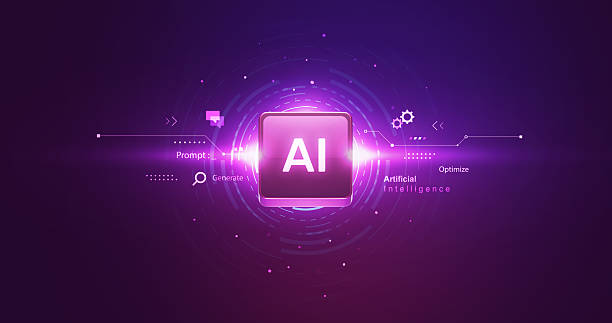
Given the increasing importance of AI robots, learning and training in this technology have also gained special significance for Persian speakers.
Fortunately, numerous educational resources are available for Persian speakers that can help enthusiasts learn about AI robots.
One of the best ways to start learning about AI robots is to enroll in online courses.
Various websites such as Coursera, Udacity, and edX offer AI robot training courses in English, many of which have Persian subtitles.
Additionally, some universities and educational institutions in Iran also offer AI robot training courses in Persian.
Another way to learn about AI robots is to study books and articles.
Numerous books on AI robots have been published in English and Persian, which can help enthusiasts learn the concepts and techniques of AI robots.
Furthermore, many scientific articles on AI robots are published in reputable journals and conferences, which can help enthusiasts learn about the latest advancements in this field.
In addition, several online communities and groups exist for Persian speakers interested in AI robots, which can help enthusiasts exchange information and experiences.
Frequently Asked Questions
| Row | Question | Answer |
|---|---|---|
| 1 | What is an AI robot? | An AI robot is a machine capable of understanding, reasoning, learning, and problem-solving, and can perform complex tasks with relative autonomy. |
| 2 | What are the most important applications of AI robots? | Key applications include industrial manufacturing, customer services (chatbots), medicine and surgery, autonomous transportation, space exploration, and military affairs. |
| 3 | What is the main difference between an AI robot and a regular robot? | A regular robot only follows programmed instructions, whereas an AI robot can learn from data, make decisions, and adapt itself to new environments. |
| 4 | How do AI robots learn? | They learn through machine learning algorithms (such as deep learning, reinforcement learning) and by processing vast amounts of data, identifying patterns, and improving their performance. |
| 5 | Can AI robots have emotions? | Currently, AI robots do not possess real emotions in the human sense. They can mimic or recognize emotions, but they do not understand or experience them. |
| 6 | What are the current limitations of AI robots? | Limitations include the need for large amounts of data, inability to understand abstract concepts, lack of true creativity, ethical issues, and challenges in generalization to new environments. |
| 7 | What is the role of AI in the development of humanoid robots? | AI helps humanoid robots walk, maintain balance, perceive their surroundings, interact with humans, and perform complex tasks. |
| 8 | How is the future of AI robots predicted? | AI robots are predicted to become smarter, more autonomous, and capable of performing more complex tasks in daily life and industry, with increased interaction with humans. |
| 9 | Can AI robots replace all human jobs? | It is unlikely that all human jobs will be replaced. Robots will take over many repetitive and dangerous tasks, but jobs requiring creativity, empathy, and ethical judgment will remain. |
| 10 | What ethical and social challenges arise with the expansion of AI robots? | Challenges include issues related to privacy, data security, ethical decision-making by robots, impact on employment, and accountability in case of errors. |
And other advertising services from Rasaweb Advertising Agency
- Smart Brand Identity: A fast and efficient solution for improving SEO ranking with a focus on marketing automation.
- Smart Website Development: A dedicated service for digital branding growth based on attractive UI design.
- Smart Social Media: An effective tool for online growth with the help of Google Ads management.
- Smart Data Analysis: A professional solution for increasing sales with a focus on customizing user experience.
- Smart Customer Journey Map: A fast and efficient solution for increasing website traffic with a focus on SEO-driven content strategy.
And over hundreds of other services in the field of internet advertising, advertising consultation, and organizational solutions
Internet Advertising | Advertising Strategy | Advertorials
Resources
Digiato – Artificial IntelligenceWikipedia – Artificial IntelligenceZoomit – Artificial IntelligenceISNA – Artificial Intelligence
? To elevate your business in the digital world and reach the pinnacle of success, Rasawab Afarin Digital Marketing Agency is by your side, offering comprehensive and smart services.
Our expertise lies in increasing your visibility, attracting target customers, and ensuring the sustainable growth of your brand. From professional website design and SEO to social media management and advertising campaigns, you will find everything you need to shine online at Rasawab Afarin.
With an experienced and dedicated team, transform the future of your business in the online space. Contact us today and get a free consultation.
📍 Tehran, Mirdamad Street, next to Bank Markazi, Southern Kazerun Alley, Ramin Alley No. 6

